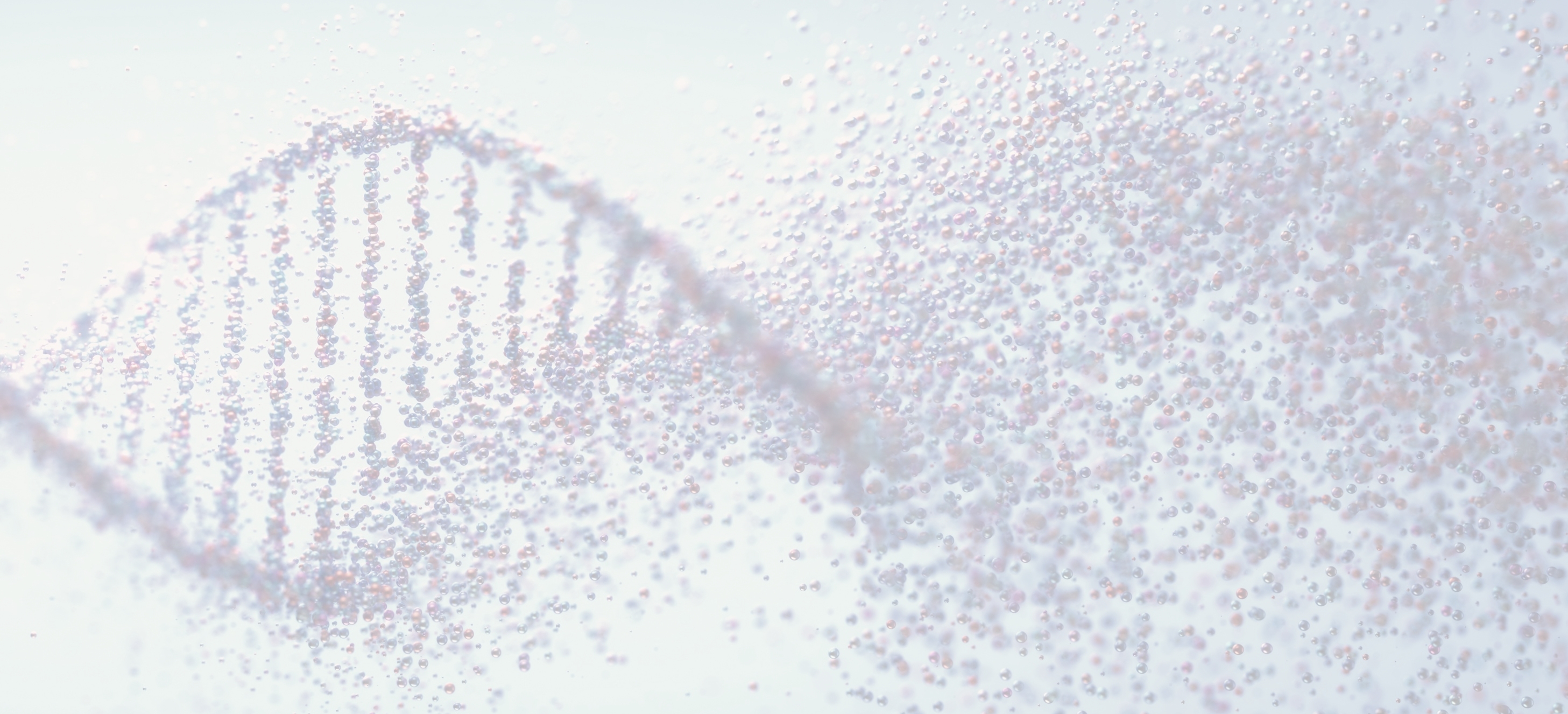We share a new NANEMIAR story from Lucas Huijs, Scientist at Mercurna (Netherlands)
In this sixth interview Lucas Huijs, Scientist at Mercurna (Netherlands) shares with us his personal experience working in a biotech start-up and reveals what motivates him every day to get up and contribute to the field of research.
Lucas Huijs, Scientist at Mercurna who is a beneficiary of the NANEMIAR Project, explains to us what his role is within NANEMIAR.
Hi, Lucas! Thank you very much for accepting our invitation to this interview. First, could you explain your role within the NANEMIAR project?
“Within NANEMIAR, Mercurna focuses on the development of therapeutic mRNA and targeted lipid nanoparticle (LNP)-based delivery of the mRNA. My role in this consists of multiple objectives: I design and test the therapeutic mRNA, identify targets and targeting agents for the LNP-based delivery, chemically conjugate the targeting agents to the LNPs and set up differential cell culture to test the specificity and activity of the targeted LNPs. Next to this, I also help in the distribution of these LNPs to our partners at IMIB and CNRS”.
Why is this targeted approach so crucial for NANEMIAR?
“A downside of the current treatment options for congenital anemia’s is that they come at a cost of (severe) side effects. Using a targeted approach, we aim to diminish these side effects by only providing the therapeutic agents to the body parts that require it. Additionally, since the targeted approach leads to less therapeutics being lost in other parts of the body, the initial dose can also be lowered, leading to a better cost and safety profile”.
Why do you use mRNA as the therapeutic agent and not DNA?
“Compared with DNA-based gene therapy, mRNA has significant benefits: 1) mRNA does not manipulate genes, and thus comes with higher intrinsic safety for clinical applications; 2) mRNA transfection is more efficient, even in quiescent (non-dividing) cells; 3) therapeutic protein production occurs within minutes to hours; 4) levels of protein expression can be tuned by variation of mRNA dose, and 5) mRNA can be de-immunized to minimize an immunogenic reaction upon cell entry. Other advantages include the possibility for rapid and cost-effective development and the ability of mRNA to be programmable (by sequence engineering), which allows for personalized treatment options”.
What draws you the most to the NANEMIAR project?
I have always had a passion for research, but the translational aspect of the NANEMIAR project is what speaks to me the most. The fact that my work contributes directly to the development of a medicine that could save the lives of patients in the future is highly motivating to me and the driver behind my work.
How do you experience working in a biotech start-up?
“To me working in a biotech start-up is both challenging and rewarding. For example, because we are still in the start-up phase there are a lot of experimental techniques that have not yet been established in our lab. Therefore, one of my jobs at Mercurna is setting up new experimental techniques in which the smallest details can have a big impact on the outcomes. This can be a challenging and frustrating process, however I do believe that in the end you learn a lot more by setting up the new technique instead of following an already optimized protocol.
Plus, Mercurna consists of a small team and therefore I am involved in a wide range of tasks. This provides me with a lot of variety in my day-to-day work which suits me very well”.
Source of information: NANEMIAR project


